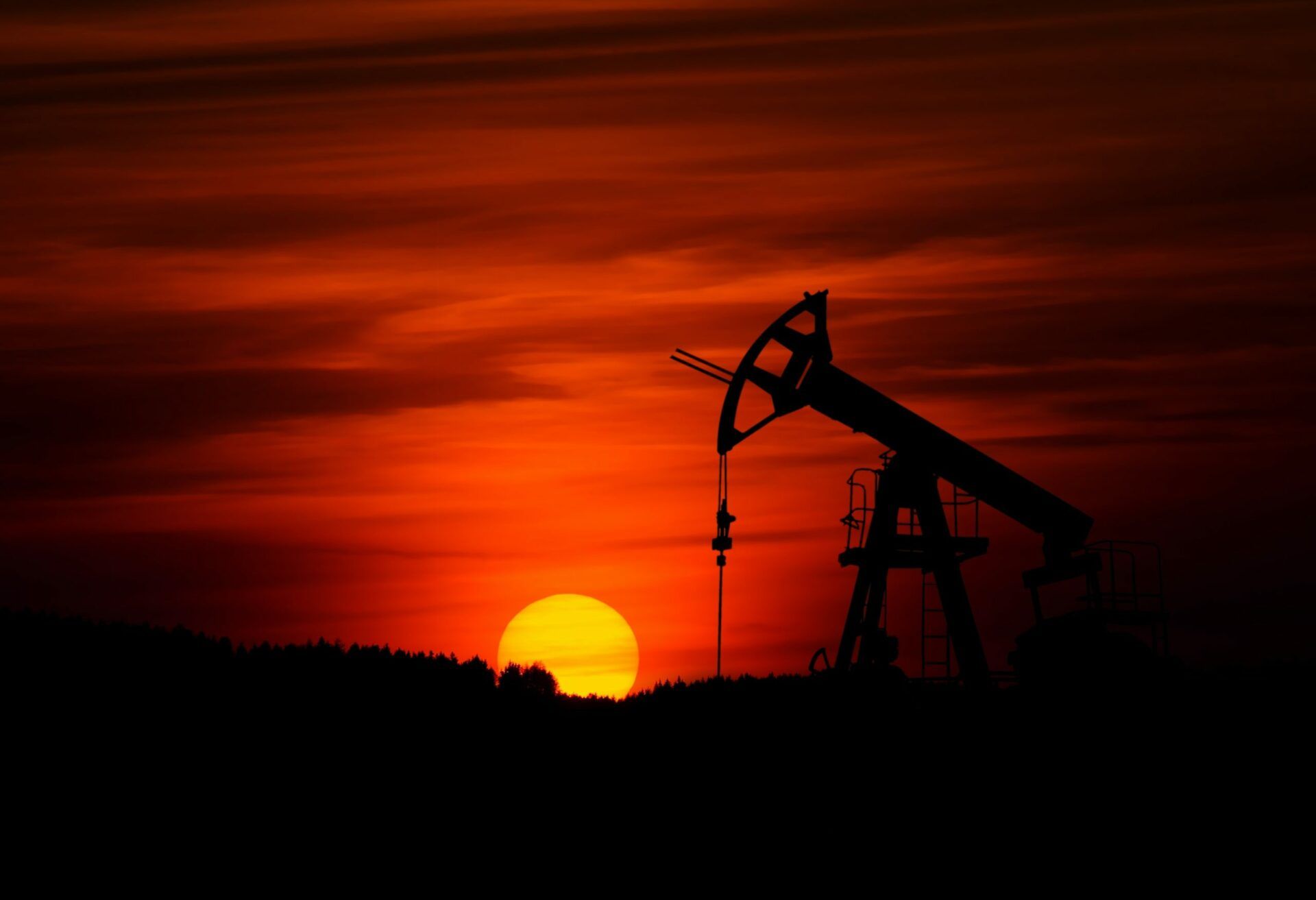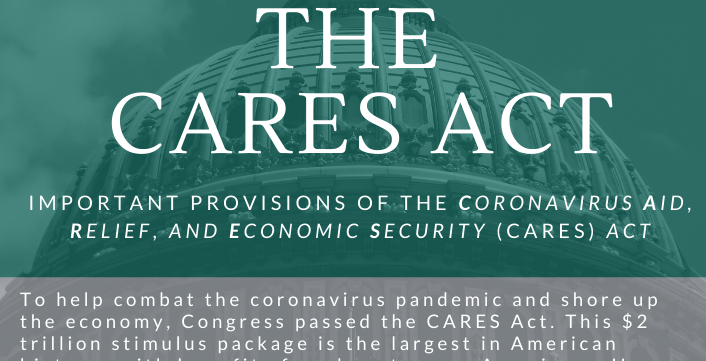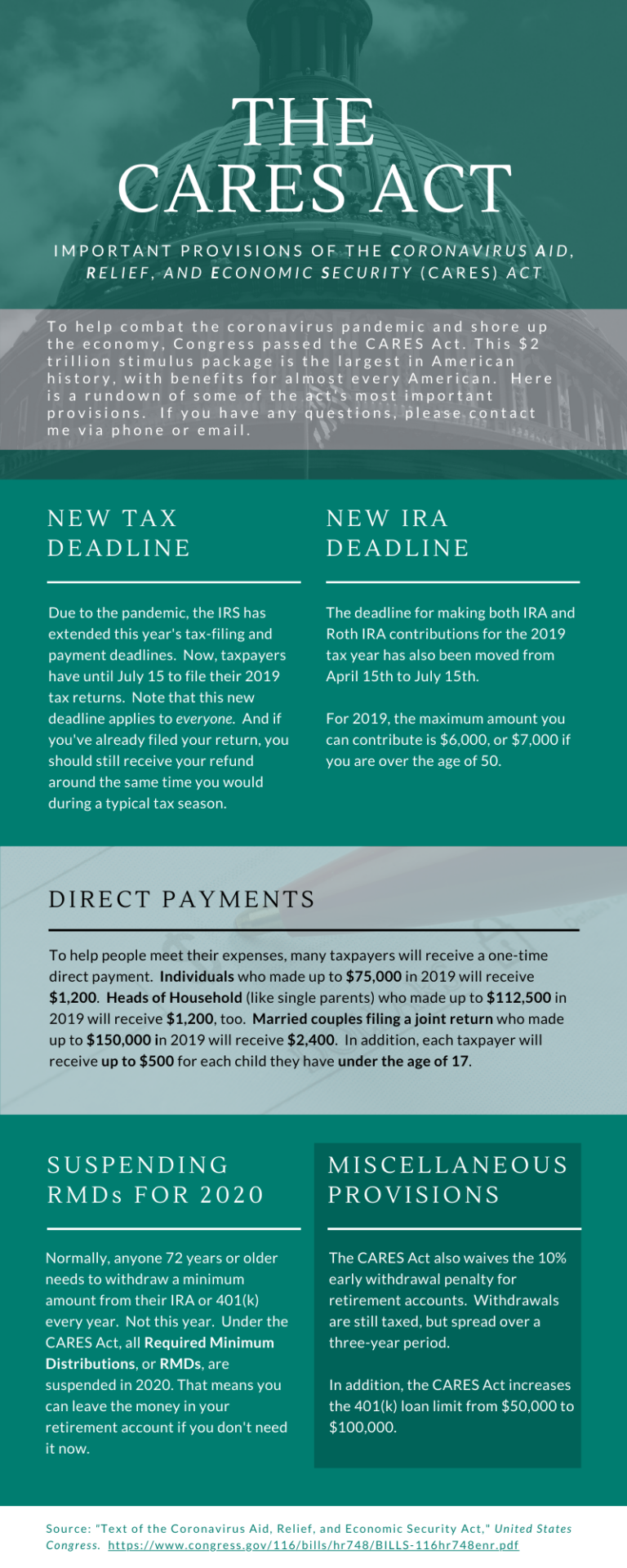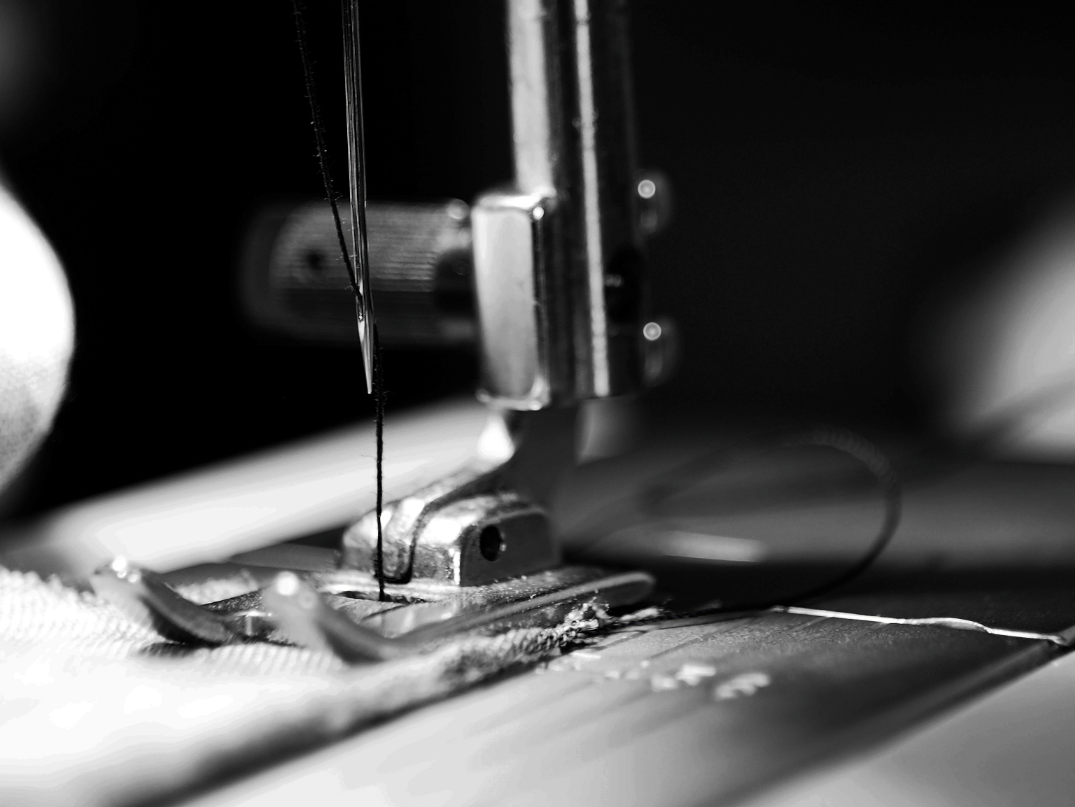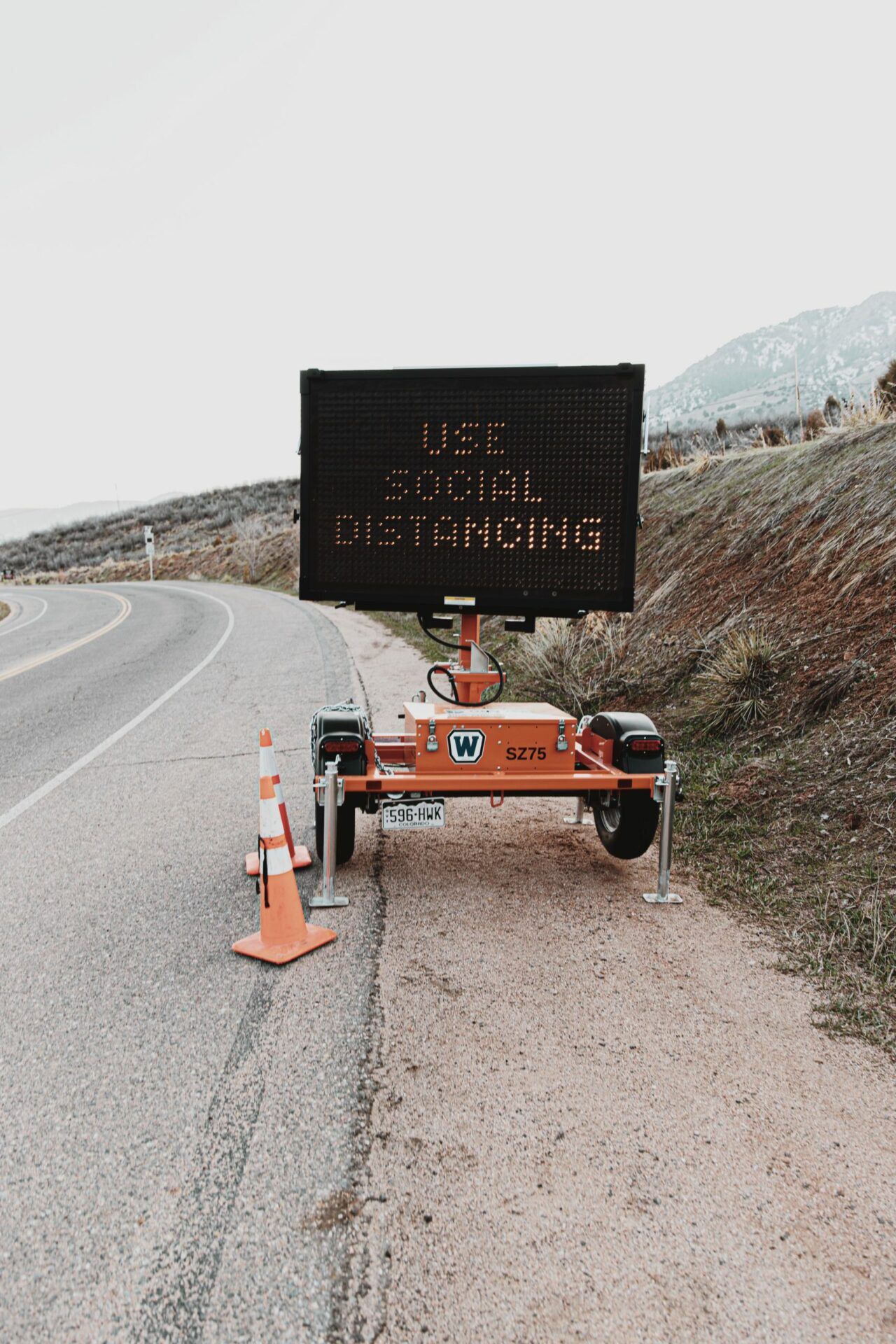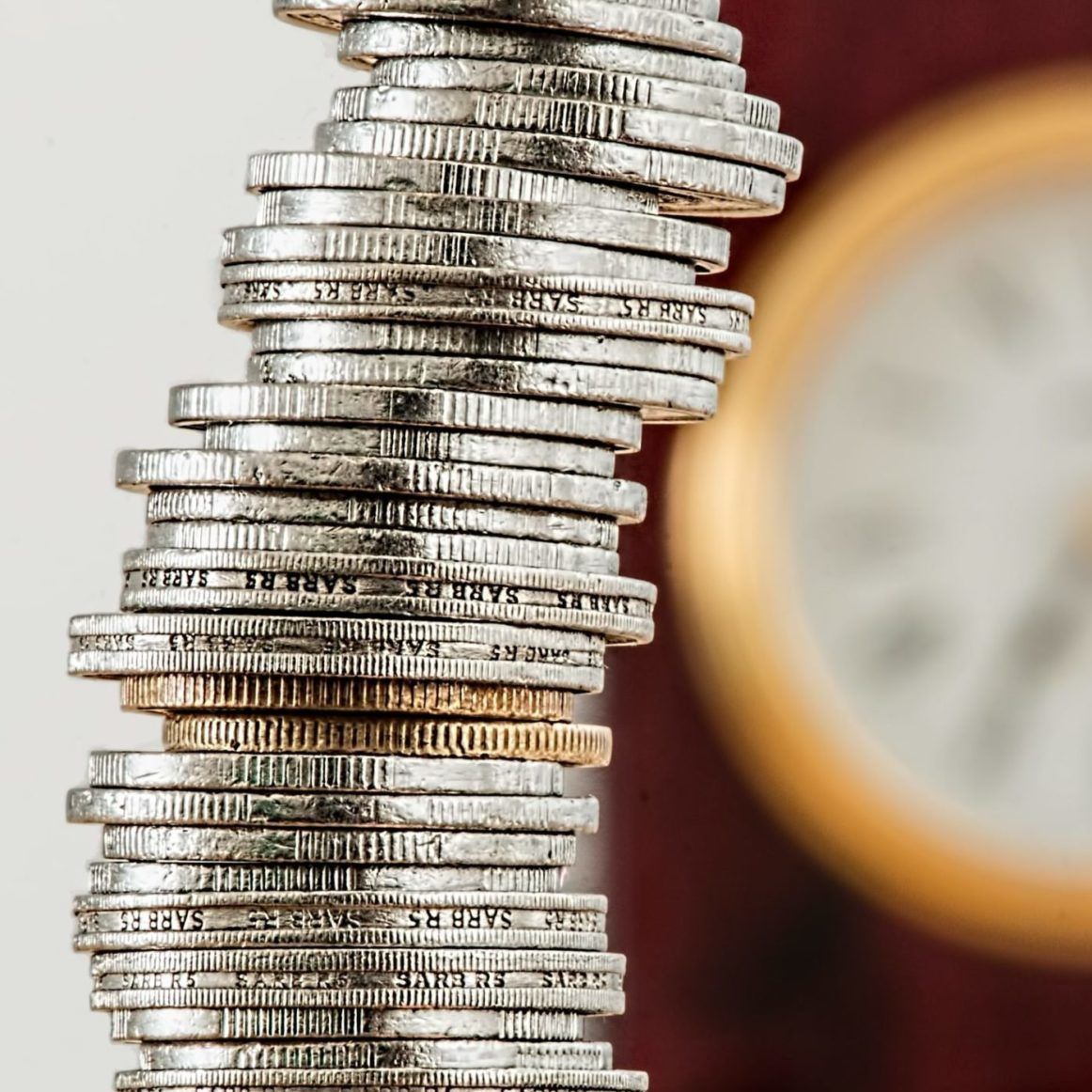How can something cost less than $0?
That’s the question many people have been asking this week. It all started on Monday, April 20, when headlines like this dominated the news:
U.S. Oil Prices Fall Below Zero For the First Time in History1
That same day, plummeting oil took the stock market down with it – the Dow, for example, slid nearly 600 points.2 And while oil prices have risen since Monday, they are still in historically low territory. The questions, then, are obvious: why are oil prices crashing? How can they be less than $0? What does that mean for the stock market? And what does that mean for us at the pump?
We’ll answer those questions now.
Q: Why has the price of oil dropped so much lately?
First, let’s define what it is we’re actually talking about here.
Generally speaking, when you hear about oil prices in the media, you’re hearing about the price of crude oil. Crude oil is raw, unrefined petroleum extracted from the earth. After extraction, it can then be refined into various products – gasoline being the most well-known.
Historically, oil prices are tied to two different benchmarks: Brent Crude, and West Texas Intermediate (WTI). Brent is extracted from the North Sea in Europe; WTI from – you guessed it – western Texas. There are many types of crude oil, but their prices usually follow the price of Brent and WTI, simply because that makes it easier for buyers and sellers to do business. That means as these two benchmarks go, so goes the rest of the oil industry.
The price of both Brent and WTI have dropped dramatically in recent months, although the news about oil falling below zero is specific to WTI. (We’ll get to that in a minute.)
There are many reasons why oil prices fluctuate, but they all come back to one: The Law of Supply and Demand. When the demand for oil is greater than the supply, the price rises. Conversely, when the supply of oil is greater than the demand for it, the price drops. This is essentially what’s happening now. Due to the coronavirus, the world’s appetite for oil is at an all-time low. Right now, planes aren’t flying, because people aren’t traveling. Cars aren’t driving as much, because more people are staying home. Fewer goods are being transported, which means fewer factories are operating.
In short, the world has more of the black stuff than it needs right now.
Sometimes, nations can influence the price of oil by either increasing or decreasing the production of oil. For example, earlier in April, countries like Saudi Arabia and Russia pledged to cut production by 9.7 million barrels per day. 3 The hope is that by decreasing supply, prices will stabilize. And they did. Briefly.
There are two problems here. The first problem is that the world’s demand for oil is still far, far below that. In fact, some experts calculate that demand has fallen by 25-35 million barrels per day.3 Think about that number for a moment. It’s staggering. So, despite the production cuts, supply will still outpace demand – by a lot.
For the second problem, let’s move on to the next question:
Q: How can oil prices drop below $0?
Chances are, you have never gone into a store and seen something worth negative dollars. Just typing the phrase “negative dollars” seems only slightly less crazy than if we had typed, “the sun rose in the west today.” Nevertheless, the price of West Texas Intermediate did drop below $0 a barrel. Now, we’ll tell you why. Bear with us, though, because this is where things get a little tricky.
When it comes to selling oil, there are actually two different markets: the physical market, and the futures market. The physical market is similar to the way most of us buy and sell things. A producer, say, Exxon Mobil, sells its oil – usually via an intermediary – to a buyer, like a refinery. They agree upon a price, the oil is shipped, and that’s that. This mostly takes place out of the public eye, and it’s not what we’re talking about here.
When you hear the media talk about oil prices, they’re usually discussing the futures market. This is where futures contracts are traded between brokers, banks, and other entities. An oil futures contract is for 1,000 barrels of crude, set to be delivered for a specific price at a specific date in the future. Both buyers and sellers find them handy because the contracts enable them to lock in current prices.
For example, let’s say Bob wants to buy oil from Betty. If Bob purchases a futures contract at $20 per barrel, and oil prices rise to $21 between the time he bought the contract and when the oil is delivered, he just saved money. ($1,000, in fact, as that $1 change is multiplied by 1,000 barrels.) On the other hand, if oil prices fall, then Betty, the seller, will receive more money than if she had sold later. Either way, producers use future contracts to guarantee they can sell their crude at a later date, no matter what happens. Buyers who need crude for their own business – like refineries, for example – use them to ensure they have adequate supplies in the future, at a price they can afford.
Make sense? Good. Now, let’s throw in a slight twist in the form of speculators.
Many traders in the oil futures market are speculators. These traders have no desire to physically own oil any more than you do. Instead, they make money by betting – speculating – on whether oil prices will go up or down. (To do this, they simply close their positions before the contract expires by swapping contracts with buyers who actually need it.)
So, now that you understand how things work, here’s what happened. The contracts for WTI crude set for delivery in May expired on Tuesday, April 21. (That means last Tuesday was the last day these May contracts could be traded.) Normally, traders who don’t want to take possession of oil treat the last few days as a chance to swap contracts with buyers who do. In the meantime, crude set for final delivery in May is stored at facilities in Cushing, Oklahoma, and the entire process is usually neat and orderly.
But this was when traders ran into the second problem we alluded to above. Thanks to overwhelming supply and underwhelming demand, oil prices had already plummeted. But now there was a new problem: storage. Simply put, the world is running out of space to store all this excess oil – and Cushing is projected to be at 100% capacity in mid-May!4 As a result, all these traders with May contracts faced the proposition of taking possession of millions of barrels of crude –with no ability to actually store it. That led to a fire sale of historic proportions. With most of the usual buyers not buying, traders with neither the desire nor the ability to actually take the oil had no choice but to pay others to take the barrels off their hands. The result? WTI prices fell below zero for the first time in history – because the sellers weren’t actually selling. They were paying others as much as $37.63 a barrel to take the oil for them.5
Whew! We’ve covered a lot of ground. Congratulations, because you’ve just completed a crash course in the byzantine world of oil prices. Let’s end by quickly covering two simpler questions:
Q: How will this affect gas prices?
The answer: probably not as much as you’d think.
Oil prices and gasoline prices are related but not identical. Gasoline is made from distilled petroleum, usually with a number of special additives. It’s sold by different companies than those that extracted the petroleum in the first place. Gasoline futures are an entirely different type of contract governed by a different set of factors. Transportation, marketing, and refining costs all contribute to the price. So do federal and state taxes, the latter of which can vary widely. And of course, different gas stations can set different prices. There’s no governing body or set of regulations to follow.
Still, falling oil prices do tend to lead to falling gas prices. As of Tuesday, April 21, the average price per gallon in the United States was $1.81.6 That’s 36 cents lower than a month ago, and more than a dollar cheaper than this time last year. So, you can expect to pay less at the pump for the time being. Just don’t expect it to get anywhere near zero!
Q: So how does this affect the stock market?
Still reeling from the pandemic, oil volatility is the last thing the stock market needs right now. That’s because falling oil prices make life harder for energy companies. It can lead to significant layoffs, at a time when unemployment is already skyrocketing. Nations that are particularly dependent on oil production – Canada comes to mind – may feel the effects even more. That said, oil prices have been turbulent all year long, so moving forward, much of the economic pain may already be priced into the stock markets. And with dozens of countries pledging to cut production or prop up the industry, we may see prices stabilize soon.
That said, this is not a problem that’s going to end anytime soon. (The price of June WTI contracts has fallen recently, too.) It will likely be months, at best, before demand overtakes supply again. Storage space is increasingly scarce. So, this is definitely something we will keep an eye on moving forward. We will scrutinize client portfolios for any possible weaknesses, and we will make changes if we feel one is needed.
We hope you found this analysis interesting. At the very least, now you can impress your family with your knowledge of how oil futures work! (We know they’re all just dying to learn.) In the meantime, let us know if you have any questions. As this pandemic goes on, always remember that our team is here for you. We are constantly working to keep you on track to your financial goals.
SOURCES
1 “U.S. Oil Prices Fall Below Zero For the First Time in History,” NPR, April 21, 2020. https://www.npr.org/2020/04/21/839522390/u-s-oil-prices-fall-below-zero-for-the-first-time-in-history
2 “Dow tumbles 600 points as oil’s May contract stages historic plunge,” MarketWatch, April 20, 2020. https://www.marketwatch.com/story/dow-tumbles-600-points-as-oils-may-contract-stages-historic-plunge-and-wall-st-braces-for-worst-earnings-since-2008-2020-04-20
3 “The Big Deal to Cut Oil Production May Not Be Enough,” The New York Times, April 13, 2020. https://www.nytimes.com/2020/04/13/business/economy/coronavirus-oil-opec-trump.html
4 “No vacancy: Main U.S. oil storage in Cushing is all booked,” Reuters, April 21, 2020. https://www.reuters.com/article/us-global-oil-usa-storage/no-vacancy-main-us-oil-storage-in-cushing-is-all-booked-idUSKCN22332W
5 “Negative Oil Prices Pose Headaches for Futures Giant CME,” The Wall Street Journal, April 22, 2020. https://www.wsj.com/articles/negative-oil-prices-pose-headache-for-futures-giant-cme-11587547802
6 “What does it mean when oil prices go negative?” CNN Busines, April 21, 2020. https://www.cnn.com/2020/04/20/business/below-zero-oil-gasoline-prices/index.html




